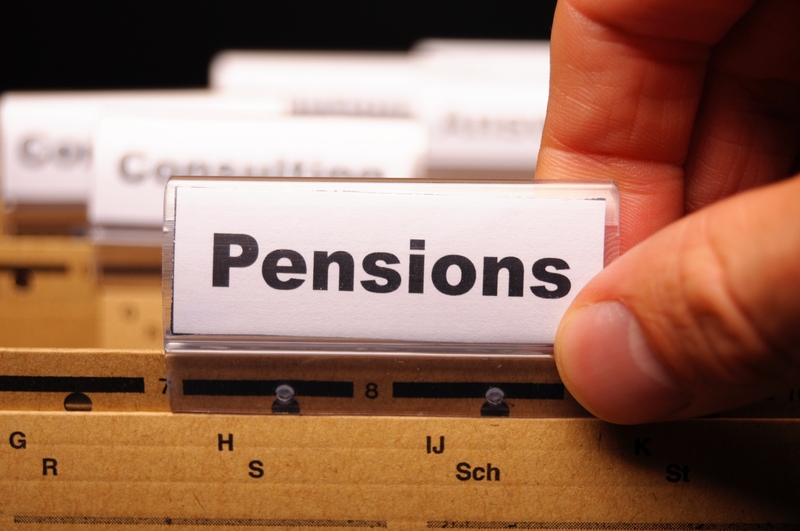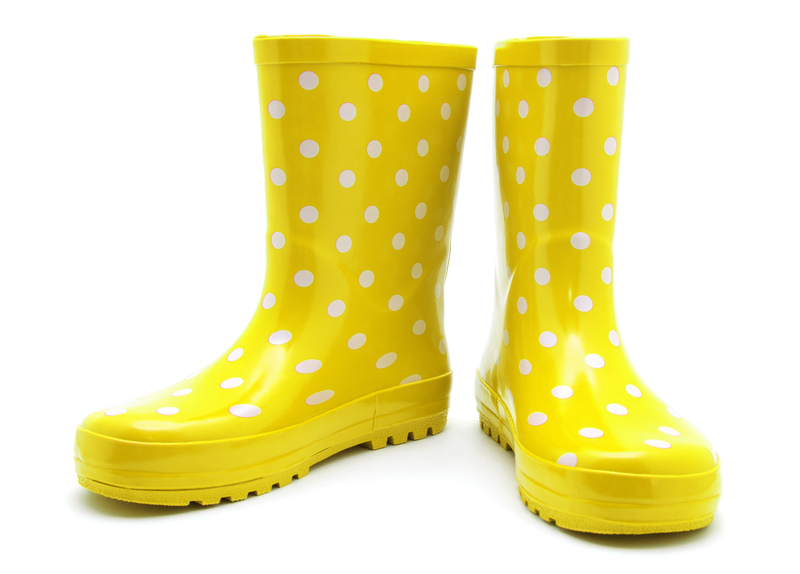Elevate Your Moving Skills with Bed and Mattress Strategies
Are you preparing for a house move and feeling the pressure of safely transporting your bed and mattress? You're not alone--beds and mattresses rank among the most challenging items to move. Their large size, awkward shape, and surprising weight present unique difficulties, making it crucial to adopt expert bed and mattress moving strategies. In this comprehensive guide, you'll discover actionable tips, expert advice, and essential checklists to elevate your moving skills with professional techniques for moving beds and mattresses efficiently and safely.
Why Bed and Mattress Moving Strategies Matter
Moving is more than just packing and transporting boxes; it's about ensuring the safe and efficient transit of your most important possessions. The bed and mattress are central to your comfort and well-being. Damage, dirt, or mishandling during a move can affect your sleep quality and increase your expenses. By mastering mattress and bed moving techniques, you'll save time, money, and avoid unnecessary stress.

Understanding the Challenges of Moving Beds and Mattresses
- Size and Bulk: Mattresses are large, floppy, and often difficult to grip. Box springs and bed frames add to the load, requiring special handling.
- Weight: High-quality beds and mattresses can be surprisingly heavy, especially in king or queen sizes.
- Delicacy: Memory foam and hybrid mattresses can be damaged if folded or stacked incorrectly.
- Cleanliness and Hygiene: Mattresses absorb dust, odors, and bacteria, making cleanliness on moving day a top priority.
Understanding these challenges is the first step to mastering bed and mattress transport, leading to hassle-free moves with minimal risks.
Pre-Move Preparation: The Bed and Mattress Checklist
Successful moves start with preparation. Here's a detailed pre-move checklist for your bed and mattress:
- Measure Doorways and Hallways: Take accurate measurements to ensure your bed components and mattress will fit through all points of exit and entry. Plan the best route in advance.
- Gather Essential Supplies: Collect moving blankets, mattress bags, packing tape, furniture sliders, and the proper tools for disassembly (wrenches, screwdrivers, Allen keys).
- Clean and Sanitize: Vacuum your mattress, wipe down the bed frame, and use antibacterial sprays as needed. This not only keeps your sleeping space fresh but also prevents transferring dirt to your new residence.
- Organize Small Parts: Place screws, washers, nuts, and bolts from your bed frame in labeled bags. Tape these to the frame or keep them in a marked box to avoid confusion during reassembly.
Expert Tip:
Take photos of your disassembly process! Use your smartphone to document each step--this will make reassembly at your new place faster and easier.
How to Disassemble Beds Like a Pro
Bed disassembly is a crucial skill for smooth moves, especially for large beds or those with headboards, footboards, or built-in storage.
General Steps to Disassemble Beds
- Remove Bedding and Pillows: Strip your bed completely to access the frame and mattress.
- Take Off the Mattress: Stand it against a wall, preferably inside a mattress bag for protection.
- Unbolt the Headboard and Footboard: Use the appropriate tools to carefully unscrew attachments. Keep all hardware pieces in a labeled bag.
- Disassemble Slats or Box Spring: Some beds have support slats or a box spring. Remove these last, as they provide network support for the frame.
- Group Components: Stack side rails, boards, and crosspieces neatly, and wrap them in moving blankets if necessary.
Take your time to avoid damage to wood finishes, painted sections, or intricate designs.
Bed Disassembly Strategies for Different Bed Types
- Platform Beds: Typically easier to break down; keep track of any hidden bolts or support legs.
- Beds with Storage: Remove drawers and label them. Keep track of runners, handles, and additional screws.
- Adjustable Beds: Consult the manufacturer's manual for proper disconnection of electrical components and moving sensitive parts without damage.
Mattress Moving Techniques for Safety and Protection
Never Move a Mattress Without Protection
Mattresses are expensive and highly susceptible to stains, tears, and moisture. To protect your mattress during a move:
- Invest in a Heavy-Duty Mattress Bag: These are affordable, reusable, and essential for keeping your mattress dust-free and dry.
- Seal the Bag Tightly: After inserting the mattress, use packing tape to seal the bag securely to block out dust, bugs, and moisture.
- Lift with Care: Always lift mattresses from the short sides (width) rather than the long sides (length), which can damage inner springs or foam structures.
For extra-large mattresses, you may need a second person to help guide and carry the load.
Maneuvering Mattresses Through Tight Spaces
Maneuvering a mattress through staircases or narrow corridors can be daunting. Apply these tried-and-true techniques:
- "Taco" Method: For flexible foam mattresses, carefully fold the mattress in half (like a taco) and secure it with straps. This reduces width and helps you squeeze through doorways and bends.
- Stand Tall: Keep the mattress upright on its side for better control and less surface area in tight spaces.
- Use Furniture Sliders: Sliding saves your back and protects floor surfaces, especially over wood or tile.
Securing the Mattress and Bed Components During Transit
In the Moving Truck or Vehicle
- Lay Flat if Possible: Ideally, transport your mattress flat to prevent warping. If space is tight, it can stand on its side, but make sure it's secured vertically to avoid tipping.
- Use Straps: Ratchet straps or bungee cords help secure your bed frame and mattress, preventing shifting during transport.
- Buffer With Soft Items: Surround your mattress and bed frame with other soft, non-abrasive boxes to cushion against jostling.
Driving Strategies
- Drive Smoothly: Avoid sudden stops or sharp turns. Mattresses and bed frames are prone to sliding and tipping if not properly anchored.
- Double-Check Clearance: Confirm mattress height and bed component placement to ensure you can close doors, especially in smaller vehicles.
For moves in wet weather, add an extra layer of plastic sheeting to your mattress for added moisture control.
Mattress and Bed Frame Reassembly at Your New Home
Arriving at your destination is only half the job. Here are the best strategies for reassembling your bed and mattress quickly, efficiently, and correctly:
- Unpack and Inspect: Check for damages, missing screws, or abrasions before assembly. Clean parts as necessary.
- Layout the Components: Group bed rails, slats, and support bars for a clear view of parts and hardware.
- Follow your Photographic Guide: Refer to photos taken during disassembly--this will be your fastest path to reassembly.
- Tighten Bolts and Screws Securely: Ensure a sturdy bed; loose frames can squeak or warp over time.
- Place Mattress Last: After the frame is solid, unbag your mattress and position it correctly. Allow time to air out if it's been sealed for long periods.
Use this opportunity to deep clean your mattress and consider rotating or flipping it to extend its lifespan.
Additional Bed and Mattress Moving Hacks
Professional Secrets to Simplify Your Move
- Ask for Help: No matter how manageable the bed appears, always enlist at least one helper. Teamwork prevents injuries and accidents.
- Label Everything: Use painter's tape or sticky notes to label components, saving time during reassembly.
- Protect Bedroom Floors: Lay drop cloths or cardboard on the floor at both the origin and destination to prevent scratches from frame parts.
- Handle Memory Foam with Care: Never bend memory foam mattresses sharply; this can cause permanent creases or damage.
- Keep Tools Handy: Store your toolkit in your personal bag to avoid last-minute searches in moving chaos.
Hiring Professionals vs. DIY Mattress and Bed Moving
Consider the pros and cons:
- Professional Movers: They bring experience, equipment, and insurance. Ideal for complex beds, heavy mattresses, multiple floors, or when you want peace of mind.
- DIY Move: Less costly, but requires planning, muscle, and sometimes, patience. Choose DIY only if you have adequate support and a straightforward moving path.
Many moving companies offer white-glove services, including disassembly and reassembly of beds and careful mattress handling. Investigate these services when time or safety is a priority.
Eco-Friendly Bed and Mattress Moving Strategies
Care about the environment during your move? Here's how to elevate your moving skills with sustainable solutions:
- Use Reusable Mattress Bags and Moving Blankets: They're durable and prevent plastic waste.
- Recycle Old Mattresses Responsibly: If you're upgrading, check with local recycling centers or donate gently used mattresses to charities.
- Opt for Low-Emission Moving Vehicles: Many rental fleets offer fuel-efficient options that reduce your carbon footprint.

FAQs: Bed and Mattress Moving Troubleshooting
- Can I roll up my mattress for moving? Only roll mattresses designed to be compressed. Most memory foam beds can handle light folding with straps for a short time, but never tightly roll spring or hybrid mattresses.
- How do I move a bed to a different floor? Remove all bedding, disassemble the frame, and use team lifting for heavy items. Use furniture sliders on stairs when possible, or hire professionals for complex moves.
- What's the best way to keep a mattress clean while moving? Always use a sealed mattress bag during transport. Avoid dragging the mattress over dirty surfaces and unload it first at your new place.
- Should I move my bed and mattress at all? If your bedrooms are close, the bed is easy to disassemble, or your mattress is high-quality and in good condition, it's often worth taking them with you. For damaged or old mattresses, consider recycling instead.
Conclusion: Master Mattresses & Beds for Stress-Free Moves
Elevate your moving skills with these bed and mattress strategies--you'll enjoy a smoother, more efficient move and protect your crucial investment in comfort. Armed with the right preparation, supplies, and techniques, you can handle even the most complex bed and mattress relocations like a seasoned professional. Whether you're planning a local move or a cross-country transition, apply these expert tips for a worry-free journey. Start your move strong, and rest easy in your new home!
If you have your own bed and mattress moving hacks to share, let us know in the comments below! For more expert advice on moving, organization, and home care, explore our latest blog updates and downloadable moving checklists.






